| There are some various strange food in the world. | |
| 世界にはさまざまな奇妙な食べ物があります。 | |
| For example, we have a nattou, globefish (fugu in Japanese) , child-bee (hatinoko), white small fish dancing(sirauo no odorigui), testis of cod(shirako) and so on in Japan. |
|
| 例えば、日本人は納豆、ふぐ、蜂の子、白魚の踊り食い、白子などを食べます。 | |
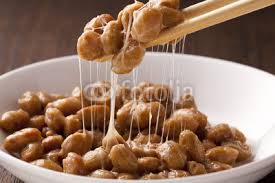 Nattou 納豆 |
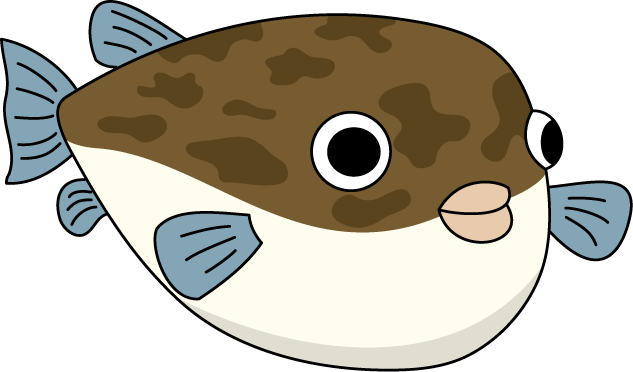 Globefish ふぐ |
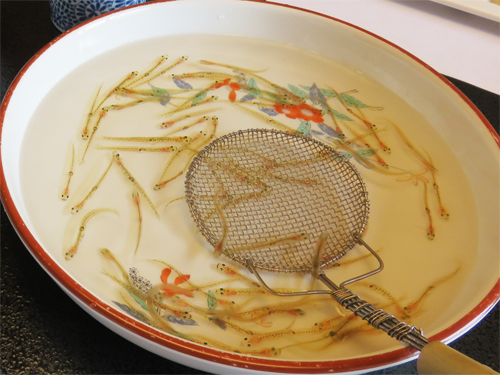 Small fish 白魚 |
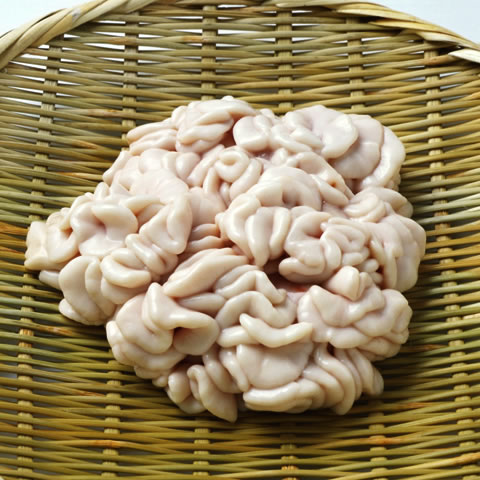 Testis of cod 白子 |
| Today, I'm going to talk about "Balut" in Philippine. |
|
| 今日はフィリピンの”バロット”(バルー)について話そうと思います。 | |
| Does anyone know about Balut ? |
|
| どなたかフィリピンのバロットについて知っていらっしゃいますか? | |
| When I searched for information about strange food on line, I found "Balut". | |
| インターネットで奇妙な食べ物についての情報を調べていた時に、私はバロットを見つけました。 | |
| To my surprise, it's just before hatching duck eggs. | |
| 驚いたことに、それは孵化(ふか)直前のアヒルの卵です。 | |
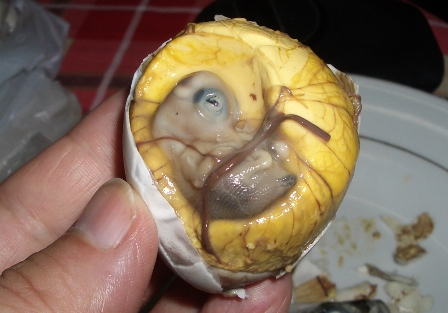 |
|
| They're a specialty at Philippine. |
|
| それらはフィリピンの名物です。 | |
| But also they are eaten in another countries in Asia. | |
| でもバロットはアジアの他の国々でも食べられています。 | |
| In Vietnam, it's called "Tyunviron". In Cambodia, "Pontiakorn". In China, "Maotan". |
|
| ベトナムではチュンヴィッロン、カンボジアではポンティアコーン、 中国ではマオタンと呼ばれています。 |
|
| It's not an expensive food, we can eat it at a stand , a cheap restaurant , or balut seller. |
|
| それは高級料理ではなく、屋台や大衆食堂やバロット売りで食べることができます。 | |
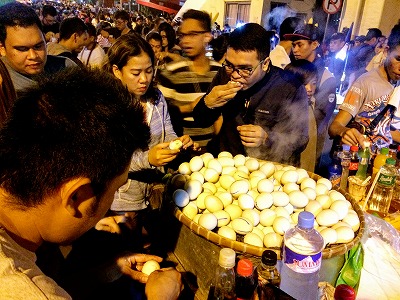 |
|
| So let me show you about Balut. | |
| ではバロットについて説明させて下さい。 | |
| There are brain, blood tube, soft feather, internal organs and small bones inside. | |
| バロットの中には、脳味噌、血管、柔らかい毛、内臓、小骨などが入っています。 | |
| Next I'll explain how to cook and how to eat. |
|
| 次に調理法と食べ方を説明します。 | |
| First boil it for enough time, then pick a small hole on eggshell, put in the salt and lemon, and drink a soup by straw and finally break an egg , eat a chick. |
|
| まず十分にゆでてから、卵の殻に小さい穴を開けて、塩とレモンを入れ、ストローでスープを飲み 最後に卵を割ってひなを食べます。。 |
|
| The soup is delicious but actually it's urine of chick. | |
| そのスープはとてもおいしいのですが、実はひなのおしっこです。 | |
| We can enjoy crunchy because there are bill and small bones. | |
| くちばしや小骨があるので、バリバリした食感が楽しめます。 | |
crunchy (クランチィ) バリバリした歯ごたえのある bill 紙幣、請求書、勘定書き、ビラ、ポスター、口ばし |
|
| And it has a deep taste like crab butter (kani-miso). | |
| そしてそれはカニ味噌の様な濃厚な味がします。 | |
| Duck's hatching time is 28 days. | |
| アヒルの孵化(ふか)期間は28日間です。 | |
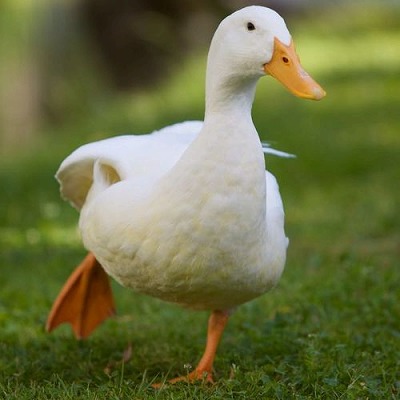 |
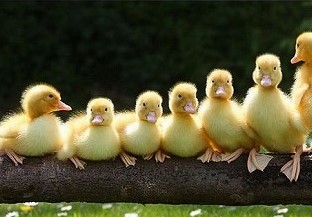 |
| They sell balut from 16 to 20 days after duck lays an egg. | |
| アヒルが卵を産んだ後、16〜20日目のバロットが売られています。 | |
| Most delicious one is on 18th days. | |
| 18日目のものが一番おいしいそうです。 | |
| 20th days one already grows the feather. | |
| 20日目のものはすでに毛が生えています。 | |
| So biginner should have it on 16th days. | |
| だから初心者は16日目を食べるべきなのです。 | |
| I'm not brave to eat Balut. How about you? | |
| 私にはバロットを食べる勇気がありません。 皆さんはどうですか? | |
| Some Filipino don't like it, of course. | |
| もちろんバロットを好きではないフィリピン人もいます。 | |
| That depends on the person. | |
| 人によるのです。 | |
| By the way , that reminds me of my neighbor. | |
| ところでそれは私の近所の人を思い出させます。 | |
| When he broke the egg during Sukiyaki, it was just before hatching egg. | |
| 彼がすき焼きで卵を割った時、その卵は孵化直前のものでした。 | |
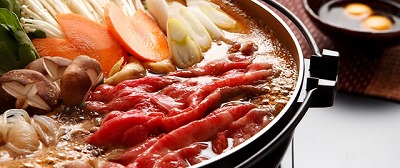 |
|
| He has not eaten egg during Sukiyaki, from then on. | |
| 彼はそれ以来、すき焼きの時に卵を食べなくなりました。 | |
| If I were him, me too. | |
| もし私が彼だったら、同じように食べないでしょう。 | |
 |
|
| 2015年9月10日(木) | トップページへ戻る |